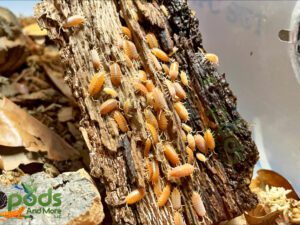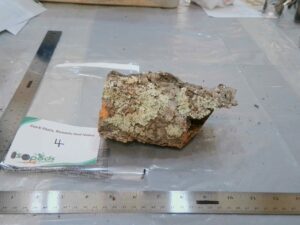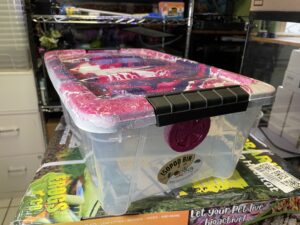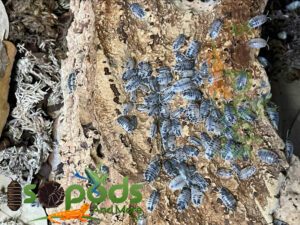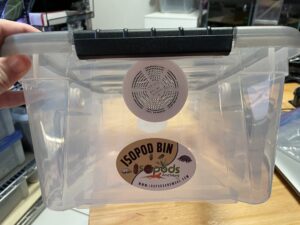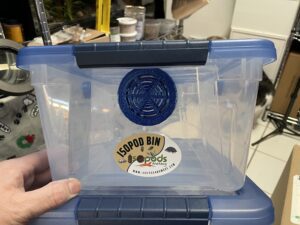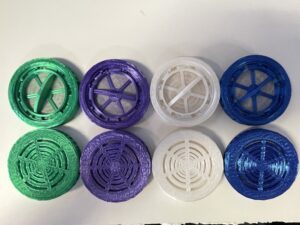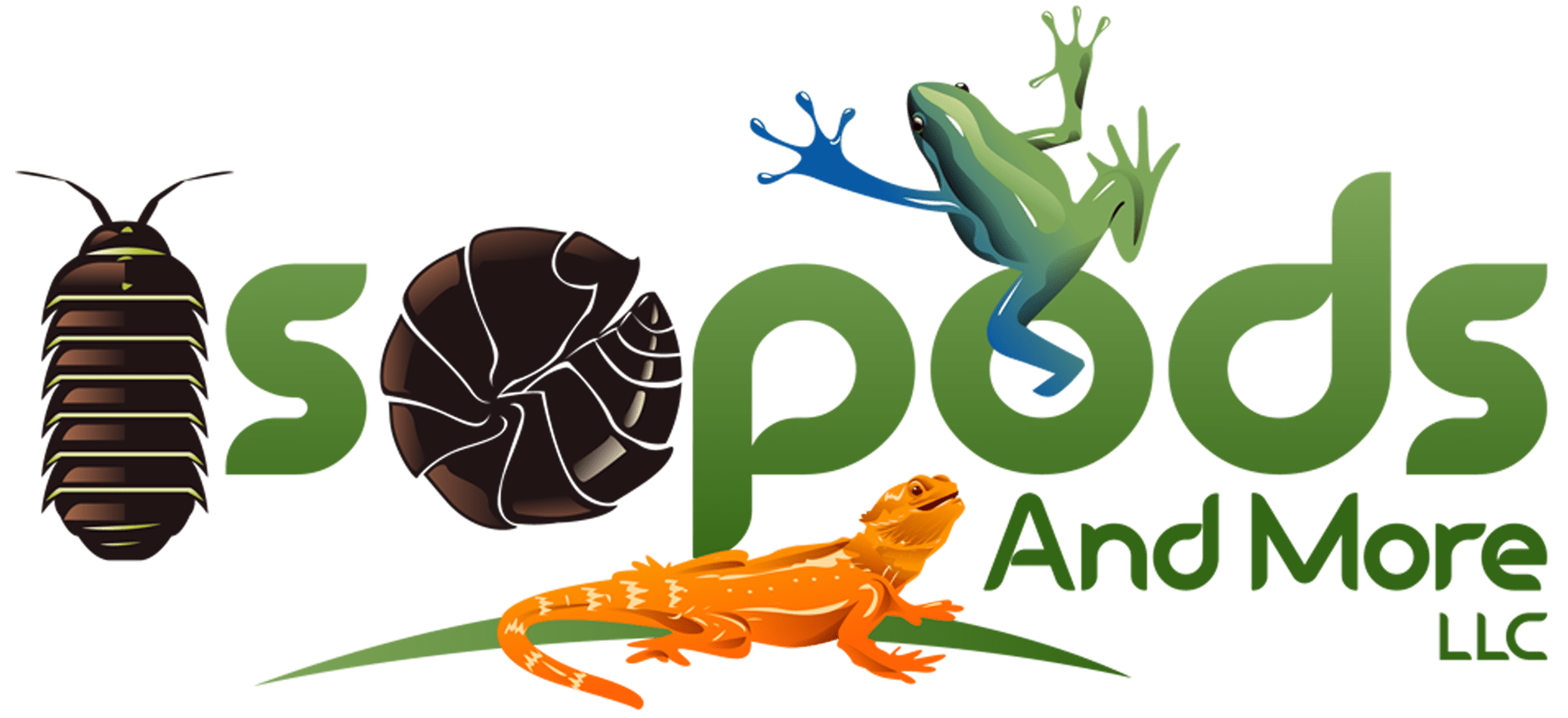As someone who loves pets and cares about animals, I am excited to share my knowledge on Powder Orange Isopods. These tiny creatures are fascinating to watch and are easy to care for, making them a great addition to any home or classroom. In this beginner’s guide, I will cover everything you need to know about caring for Powder Orange Isopods, including their primary care, feeding, breeding, and handling.
Introduction to Powder Orange Isopods
Before we dive into the specifics of caring for Powder Orange Isopods, let’s first go over what they are and what makes them unique. Powder Orange Isopods, also known as Porcellionides pruinosus, are a species of terrestrial crustaceans that belong to the family Porcellionidae. These plants originate from the Mediterranean region but have spread to various other parts of the globe, such as North America.
These beautiful creatures are well-known for their stunning orange color, making them a highly sought-after choice for hobbyists and collectors.They are also relatively small, with adults measuring 10-12mm long. Despite their small size, Powder Orange Isopods are incredibly hardy and can live for up to two years in the right conditions.
What are Powder Orange Isopods?
Powder Orange Isopods are a prevalent type of isopod crustacean found mainly in land habitats.They have segmented bodies and can curl up into a ball when threatened.. Isopods are herbivorous and feed on decaying plant matter, making them essential decomposers in their natural habitats.
In captivity, isopods are easy to care for and can thrive in various conditions. It’s important to note that these animals are social beings and thrive when housed in groups of at least 10 individuals.They are also relatively low-maintenance and can be a great introduction to the world of invertebrate keeping for beginners.

Benefits of Keeping Isopods
There are several benefits to keeping isopods as pets, including their low-maintenance care requirements, unique appearance, and educational value. Keeping these animals is easy once their enclosure is ready. They are also fascinating to watch and can provide hours of entertainment for both children and adults alike.
Isopods have educational value in addition to their entertainment value.. These can help teach children about the importance of decomposers and foster a love for the environment.
Basic Care for Powder Orange Isopods
Provide your isopods with proper diet and habitat to ensure their well-being. Here are some basic care requirements to keep in mind:
Setting up the Habitat for Your Isopods
Isopods are terrestrial creatures that require a moist environment to thrive.For your pets’ comfort, use moisture-retaining substrate like coconut coir or sphagnum moss. Provide hiding spots like cork bark or leaf litter for added security.
Keeping the humidity levels in their habitat between 70-80% is crucial. You can achieve this by regularly misting their enclosure or using a substrate that retains moisture well. It is also essential to provide proper ventilation to prevent mold growth.
Feeding Your Pet Isopods
Powder Orange Isopods are herbivorous and feed primarily on decaying plant matter. You can feed them various fruits and vegetables in captivity, such as sweet potatoes, cucumber, and apples. It is essential to provide a varied diet to ensure that they receive all the necessary nutrients. You can also sprinkle a calcium supplement on their food to ensure that they receive enough calcium, which is vital for their growth and development.
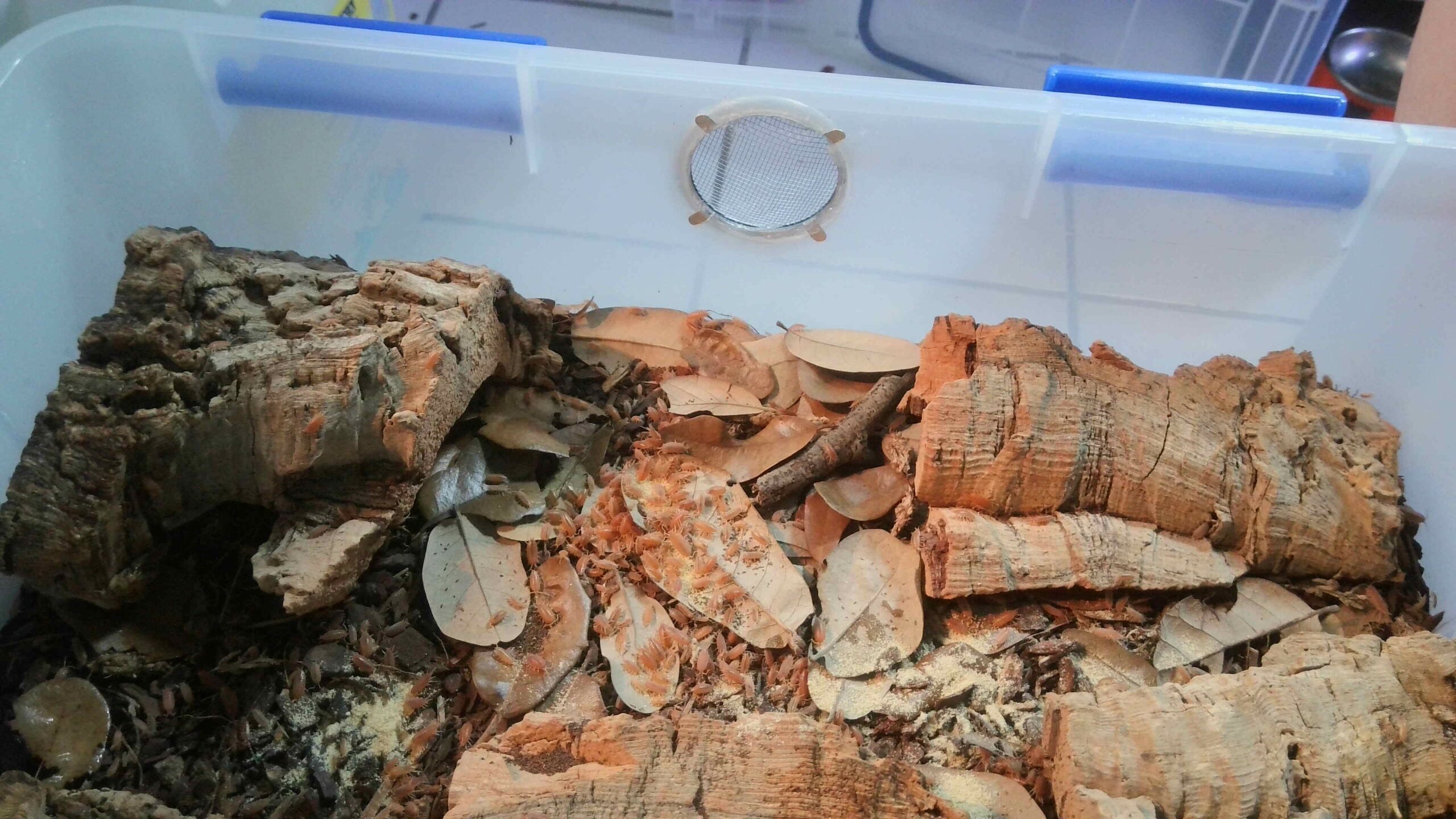
Breeding Powder Orange Isopods
Powder Orange Isopods are relatively easy to breed in captivity. They are sexually dimorphic, with males being more petite and more slender than females. To encourage breeding, you should keep your isopods in a group of at least 10 individuals and provide them with plenty of hiding places and a moist environment.
The female will carry her eggs in a brood pouch on her underside until they hatch. The young will then emerge as miniature versions of the adults and will molt several times before reaching maturity.
Handling Powder Orange Isopods
Powder Orange Isopods are not meant to be handled; they are fragile and can easily be injured. However, you can observe them in their enclosure and provide them with hiding places to make them feel secure.
Comparison between Powder Orange Isopods and Powder Blue Isopods
Powder Orange Isopods are often compared to Powder Blue Isopods (Isopods Orange), another popular species among hobbyists. While they are similar in appearance, the two species have some critical differences.
Powder Blue Isopods are slightly larger and have a bluish-gray coloration. They are also more sensitive to environmental changes and require more specific care requirements. Powder Orange, on the other hand, are hardier and easier to care for, making them an excellent choice for beginners.

Where to Buy Isopods – (Porcellionides Pruinosus and more for Sale)
If you are interested in keeping isopods as pets, there are several places where you can purchase them. We specialize in isopods and offer a variety of species for sale.
When purchasing isopods, it is crucial to ensure that they are healthy and free of any signs of illness or disease. You should also ensure that the retailer has a good reputation and is known for providing quality animals.
Conclusion
Isopods are fascinating creatures that are easy to care for and provide hours of entertainment for both children and adults alike. Their striking orange coloration and hardy nature make them a great addition to any home or classroom. By following the primary care guidelines outlined in this guide, you can ensure that your Powder Orange Isopods thrive in captivity.



